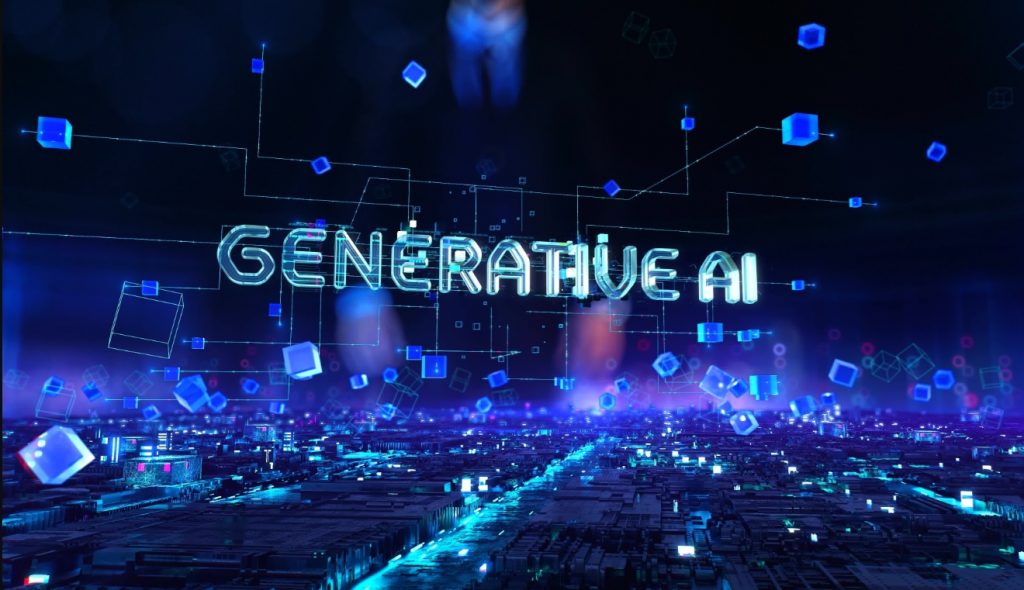Generative AI, particularly in the form of Generative Adversarial Networks (GANs) and Variational Autoencoders (VAEs), has gained significant attention and utility in algorithm development across various domains. Here’s how generative AI is being used in algorithm development:
1. Data Augmentation: Generative models can create synthetic data that closely resembles real data. This synthetic data can be used to augment existing datasets, especially in scenarios where collecting more real data is expensive or impractical. Augmenting datasets can improve the robustness and generalization of machine learning models.
2. Anomaly Detection: Generative models can learn the distribution of normal data points and identify anomalies or outliers by detecting data points that deviate significantly from this learned distribution. This is particularly useful in cybersecurity, fraud detection, and quality control.
3. Data Imputation: Incomplete or missing data is a common challenge in many datasets. Generative models can be trained to predict missing values by learning the underlying structure and relationships within the data. This helps in completing datasets for further analysis or model training.
4. Synthetic Data Generation: Generative models can generate entirely new data samples from scratch. This is useful in scenarios where real data is scarce, sensitive, or hard to collect. For example, in healthcare, synthetic data can be generated to train AI models without compromising patient privacy.
5. Feature Generation: Generative models can be used to generate new features or representations of data that capture important characteristics of the underlying data distribution. These generated features can then be used as input to downstream machine learning algorithms, potentially improving their performance.
6. Algorithmic Creativity: Generative models can aid in the development of creative algorithms, such as generating novel designs, artwork, music, or text. By learning patterns from existing data, these models can generate new and diverse outputs, inspiring innovative solutions in various creative fields. Such is the case with certain trading apps like the Immediate Peak website.
7. Adaptive Sampling: In tasks where sampling from a complex distribution is required, such as in Monte Carlo simulations or optimization problems, generative models can be used to learn an approximation of the target distribution. This can significantly improve the efficiency and effectiveness of sampling-based algorithms.
8. Personalization and Recommendation Systems: Generative models can learn personalized representations of users’ preferences and behavior from interaction data. These representations can then be used to generate personalized recommendations or content tailored to individual users.
As we have mentioned generative AI plays a versatile role in algorithm development by enabling the creation, augmentation, and transformation of data, as well as fostering innovation and creativity in various applications.
